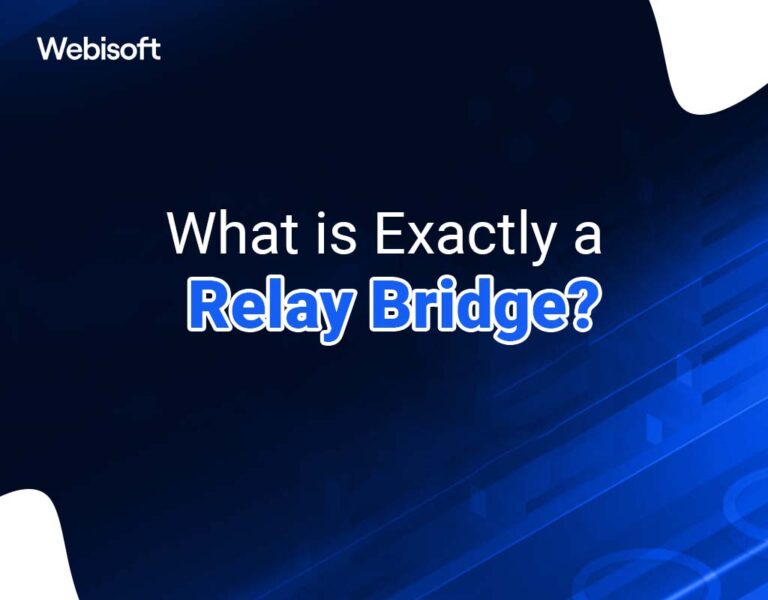Ever tried moving assets across blockchains and felt like you were waiting forever? Yeah, me too. It’s frustrating when you want to jump into a new DeFi opportunity but your tokens are stuck in some slow-moving bridge queue. Seriously, it kinda kills the vibe.
So, here’s the thing: fast bridging isn’t just a nice-to-have anymore. It’s becoming the backbone of multi-chain DeFi experiences. At first, I thought all bridges were basically the same—just shuttling tokens from one chain to another. But then I dug deeper, and realized speed and security aren’t always in harmony. Hmm… makes you wonder how some platforms manage to nail both.
What really grabbed my attention recently was the Relay Bridge. It’s not just about moving assets quickly; it’s about making cross-chain transfers feel seamless, almost like they’re native to your wallet. That’s huge for adoption, especially for folks who aren’t hardcore crypto geeks.
Here’s a quick gut check: the more delays you get, the more risk you have. Price slippage, front-running, or even losing out on yield farming chances. So, a fast bridge isn’t just convenient—it’s very very important for anyone serious about DeFi.
Check this out—

Relay Bridge’s speed makes it stand out. But don’t just take my word for it. What bugs me about some bridges is the hidden fees or complicated UX that slow you down more than the technology ever could.
What Makes Relay Bridge Tick?
Okay, so here’s the scoop—Relay Bridge leverages a clever combination of decentralized validators and optimized consensus mechanisms to cut down confirmation times drastically. This isn’t rocket science, but the implementation is slick. At first, I assumed faster meant compromising decentralization, but actually, wait—let me rephrase that. Relay manages to keep a decent level of security while still pushing the boundaries on speed. That balance is tricky.
My instinct said, “Too good to be true,” but after testing it a bit, the numbers held up. Transfers that usually take 10–15 minutes on other bridges were settling in a few blocks—sometimes under two minutes. Really? Yes, really.
On one hand, you want your assets moved fast. Though actually, speed without security is a disaster waiting to happen, right? The Relay Bridge official site lays out their approach transparently, and it’s worth a look if you want to see how they manage this trade-off.
Plus, the user experience isn’t just an afterthought. The interface feels familiar—no weird steps or excessive approvals. For people juggling multiple chains, that’s a breath of fresh air.
By the way, if you’re wondering about supported chains, Relay Bridge covers a broad spectrum—from Ethereum and BNB Chain to newer Layer 2 solutions. It’s not just the usual suspects. That multi-chain reach is essential if you want to play across ecosystems without jumping through hoops.
Multi-Chain DeFi: Why Speed Changes Everything
Here’s what I found fascinating—multi-chain DeFi isn’t just about having access to various protocols. It’s about fluidity. Imagine hopping from a yield farm on Polygon to a liquidity pool on Avalanche without losing time or missing out on lucrative opportunities.
But the old bridges? They often bottleneck the flow. That lag can mean the difference between profit and loss. And for traders or yield farmers, seconds matter. (Oh, and by the way, arbitrageurs are probably already salivating at this.)
Fast bridging also opens doors for composability. When your tokens can move swiftly, you can layer protocols more effectively, creating complex strategies that wouldn’t work if bridges were sluggish. This is where Relay Bridge’s speed really shines.
Still, I’m not 100% sure every user needs blazing fast transfers. For casual holders, security and simplicity might trump speed. But for DeFi power users? Fast bridging feels like a must-have innovation.
Speaking from my own experience, I’ve missed out on a couple of farming windows because the bridge took too long. That stung. It’s one thing to lose time, another to lose potential gains. So yeah, I’m biased, but I think bridging will define the next wave of DeFi adoption.
Where Does This Leave Us?
Honestly, fast bridging isn’t a silver bullet—it’s part of a bigger puzzle that includes wallet UX, protocol security, and chain interoperability. But it’s a very very important piece. I expect to see more projects adopting Relay Bridge or similar tech as the DeFi space matures.
Something felt off about older bridges because they seemed stuck in legacy design, not adapting to multi-chain realities. Relay Bridge feels like a fresh take. If you want to get a feel for how it works and why it might be your next go-to solution, check out the relay bridge official site. It’s worth the scroll.
Anyway, I’m curious—how fast is fast enough for you? And are you comfortable trading off a bit of security for speed? Those are the questions that’ll keep this space interesting.
For now, I’m keeping an eye on how fast bridging evolves. Because if DeFi is about freedom and opportunity, then speed is freedom’s best friend.
